VHF Radios: Standard Communication Equipment on Boats
you’re navigating coastal waters, surrounded by seagulls and the gentle lapping of waves. In such scenarios, the VHF (Very High Frequency) radio is your steadfast companion. Standard issue on boats, VHF radios are the go-to for short-range communication. Whether coordinating with nearby vessels, contacting harbourmasters, or reporting the catch of the day, these radios ensure crisp and clear communication, making them the backbone of maritime chatter.
MF/HF Radios: Long-Distance Communication in Open Seas
Now, let’s set sail into the vastness of the open seas. When you’re far from the coastline, VHF might not cut it. Cue the MF/HF (Medium Frequency/High Frequency) radios, designed for long-distance communication. These robust radios transcend the limitations of VHF, ensuring that even in the remotest parts of the ocean, your messages can traverse the waves and reach the intended recipients. Perfect for offshore adventures and deep-sea explorations, these radios are the sea captain’s choice for staying in touch when coastlines fade into the horizon.
Satellite Phones: Global Coverage for Remote Locations
As your vessel ventures into the unknown, where cell signals fear to tread, enter the satellite phone – the maritime marvel that brings global coverage to the farthest reaches of the ocean. These phones rely on satellites orbiting high above the Earth, ensuring that no matter how remote your location, you can make that important call. So, if you find yourself casting nets in the loneliest stretches of the sea, a satellite phone becomes your direct line to the world.
AIS Transponders: Automatic Identification System for Vessel Tracking
In the age of digital navigation, AIS (Automatic Identification System) transponders take the spotlight. Think of them as the marine version of traffic control in the sky. These smart devices broadcast your vessel’s identity, position, course, and speed to other vessels and coastal stations, promoting safer navigation and collision avoidance. With AIS transponders, vessels become visible entities on digital screens, fostering a high-tech dance of coordination on the open seas.
EPIRBs and PLBs: Emergency Distress Beacons for SOS Signals
When the seas get rough, and the elements turn against you, enter EPIRBs (Emergency Position-Indicating Radio Beacons) and PLBs (Personal Locator Beacons). These compact wonders are your SOS signals to the maritime rescue cavalry. EPIRBs, typically mounted on vessels, automatically broadcast distress signals when immersed in water, alerting search and rescue teams to your location. On a more personal level, PLBs serve as handheld beacons for crew members facing emergencies, providing an extra layer of safety on the high seas.
Conclusion: Choosing the Right Radio for Vessel Safety
As you navigate the maritime world, the key to a vessel’s safety and success lies in choosing the right radio. From the dependable VHF radios for coastal conversations to the robust MF/HF radios for far-flung journeys, and the global reach of satellite phones, each type serves a unique purpose. AIS transponders add a layer of digital finesse to navigation, while EPIRBs and PLBs stand ready for emergency distress calls. So, dear seafarers, as you embark on your maritime endeavors, may your choice of radio be as reliable as the North Star, guiding you safely through the ever-changing tides of the open waters. Safe sailing!

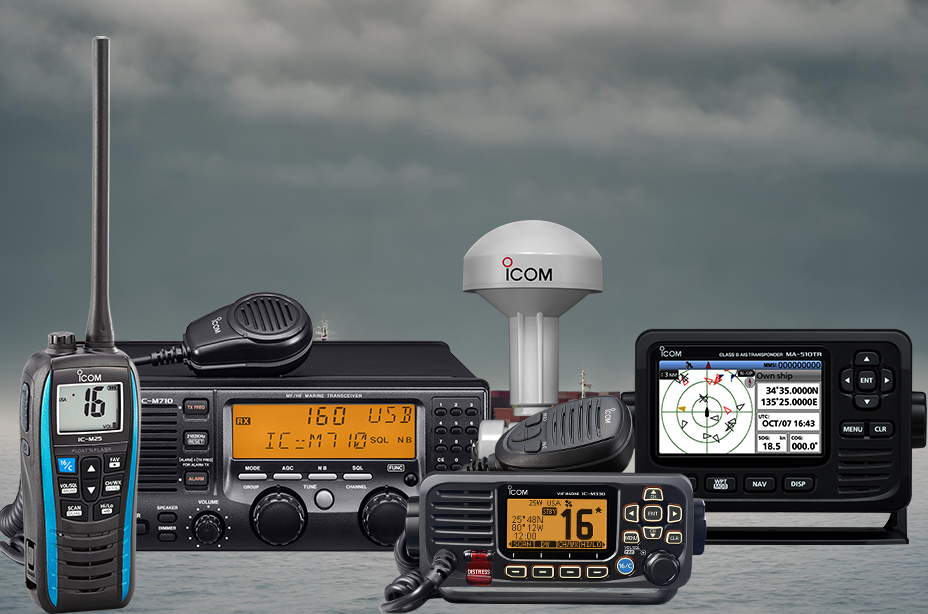
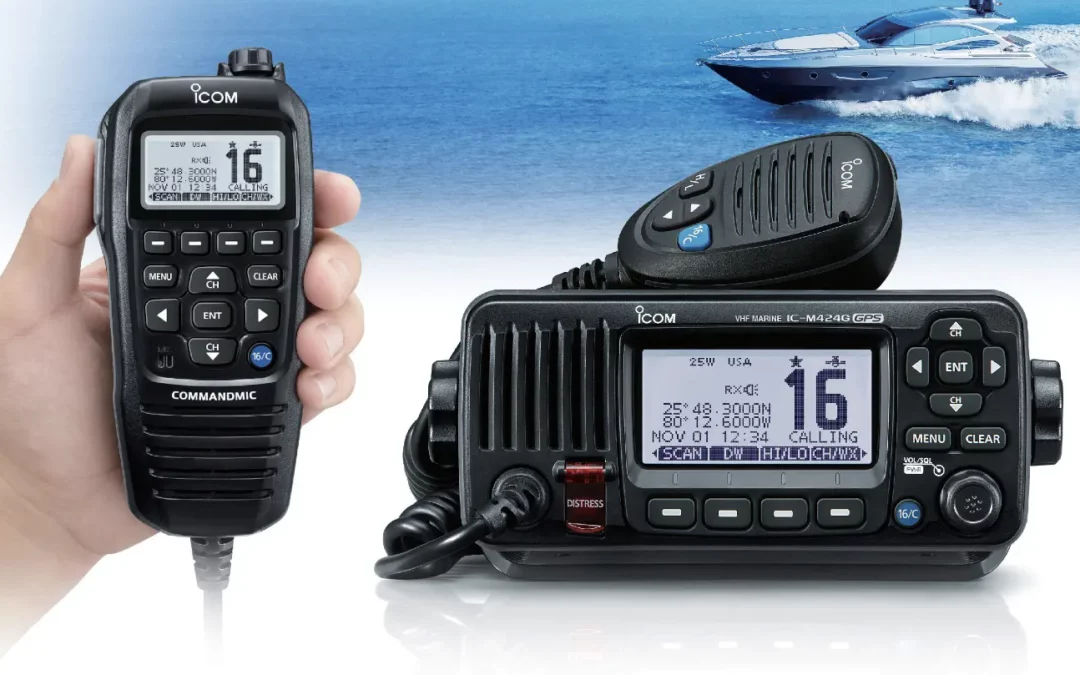
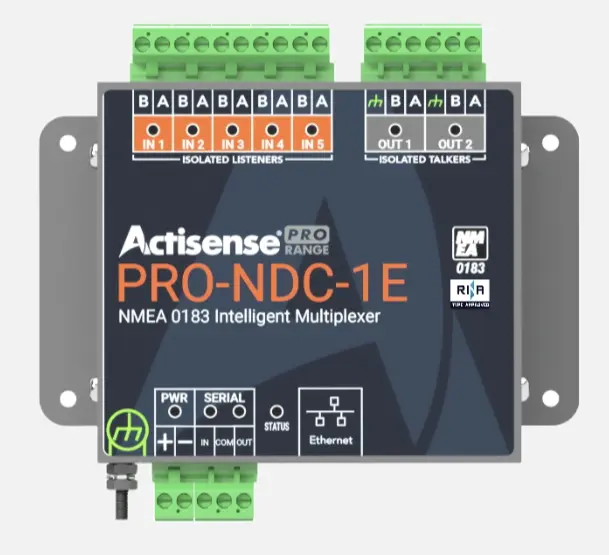
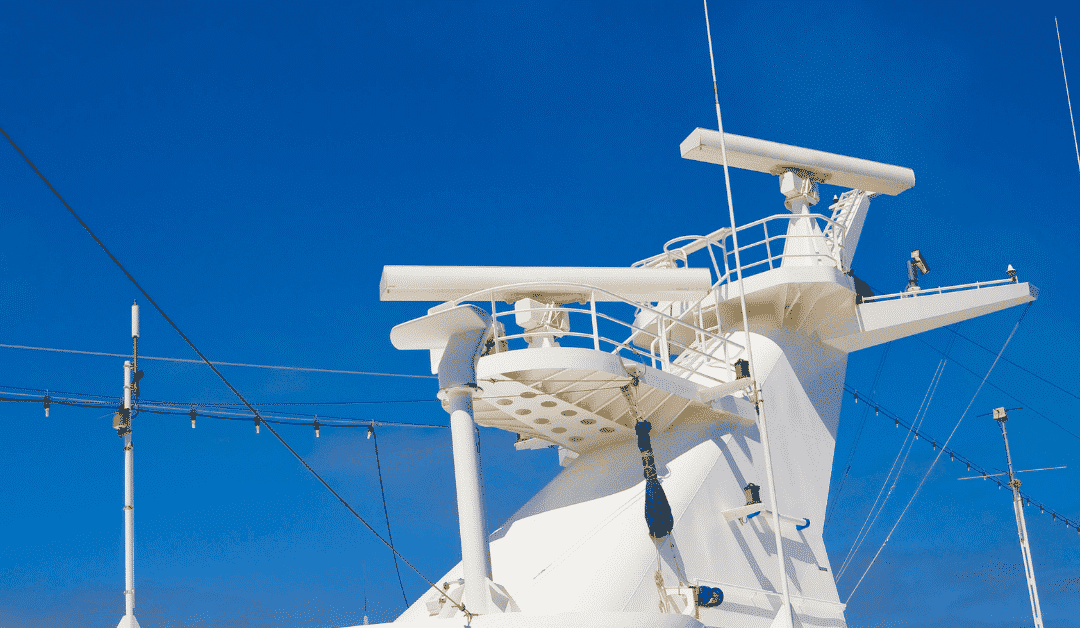

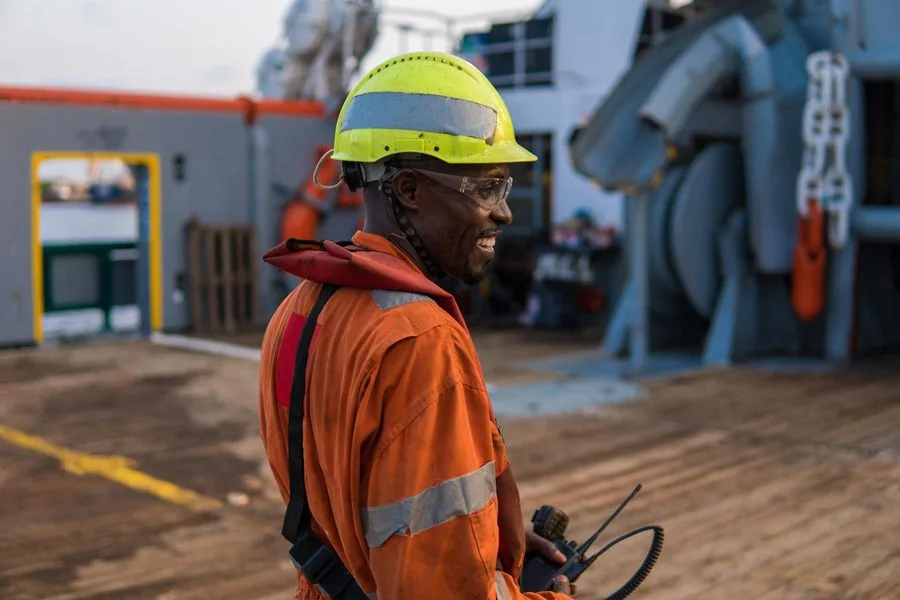
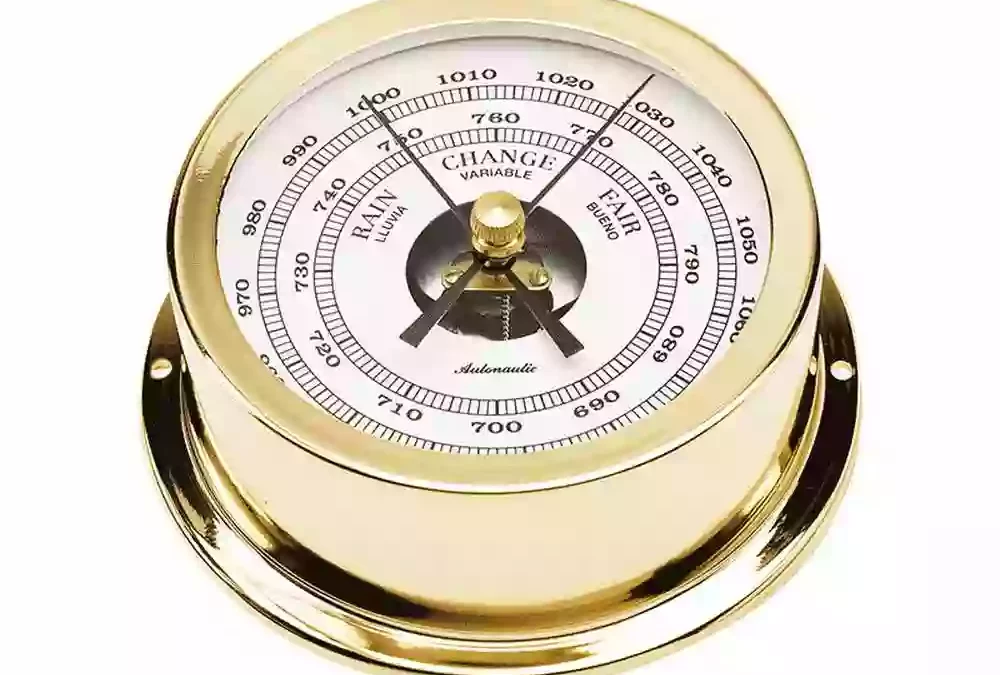
0 Comments